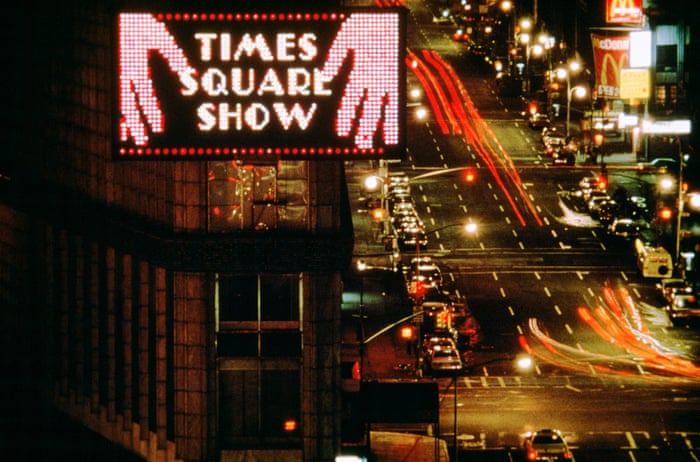
Sleaze, hustlers and strippers: Jane Dickson's lost Times Square
Living and working in the grimy heart of 70s New York, Dickson’s photographs and paintings gave a close-up view of the nocturnal activities that made the place so notorious – and alluring
Sean O'Hagan
The Guardian
Tue 13 Nov 2018
In 1978, Jane Dickson answered a job advert in the New York Times that read: “Artist wanted, willing to learn computers.” Soon afterwards, she was hired to work on the first digital light Spectacolor billboard on Times Square.


Jane Dickson
“I sat in an office on the third floor of a building just behind the giant screen,” she recalls. “I mainly worked night shifts at the weekend, programming the digitally animated visuals and, for the first few years, I ran the countdown for New Year’s Eve. That was my introduction to Times Square after dark. It really couldn’t have been more exciting or surreal.
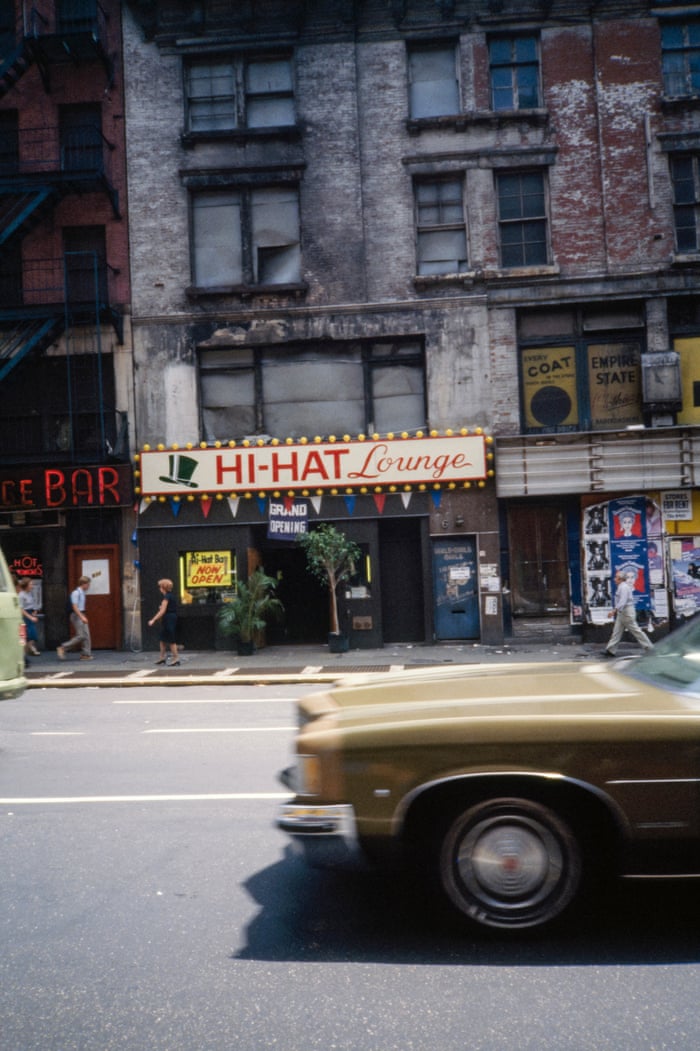
View on Eighth Avenue between 40th and 41st Streets
Primarily known as a painter, Dickson initially gained recognition as a member of Colab, a loosely affiliated bunch of late-70s downtown New York artists who included Jenny Holzer, Kiki Smith and the underground film-maker Charlie Ahearn, Dickson’s husband. The sketches she made from behind the giant screen were the basis for several darkly evocative sets of later paintings that capture the neon-lit atmosphere of Times Square in the 70s.
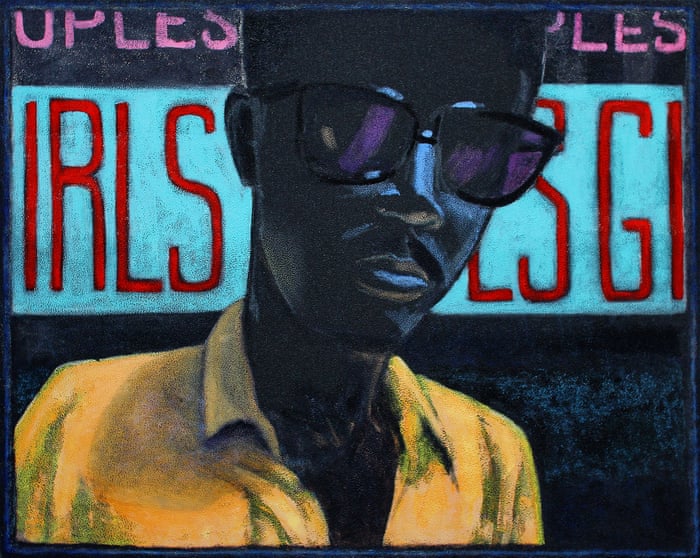
Fred (1983)
Dickson also created a huge archive of everyday images from 1978 to 1984 that are an impressionistic record of a vibrant cultural moment just before the old, seedy Times Square disappeared for ever. In a new book, Jane Dickson in Times Square, her paintings are shown for the first time alongside photographs she also took back then. “I am just beginning to see them as an art project in themselves,” she says. “Maybe part of their charm is that they were not artful.”
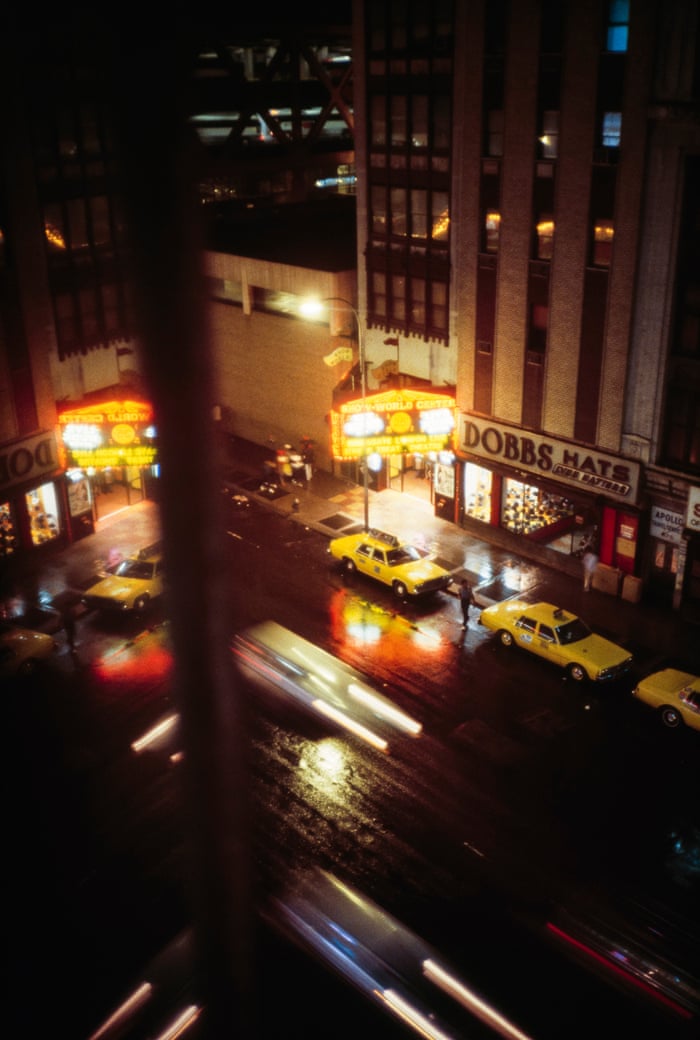
Unsurprisingly, they possess a painterly quality, the dazzle of neon and blur of people on the move lending a kind of hallucinatory haze to the thriving nocturnal streets. “Baudelaire said an artist must be of their time and, to do that, they should walk the streets,” says Dickson. “Often I was having palpitations. Any city at night is dangerous for a woman, but Times Square and the streets around it had this almost seductive glow. They were glitteringly attractive in a visual way. I tend to make paintings of the things that I am afraid of. That’s why they are so vivid.”
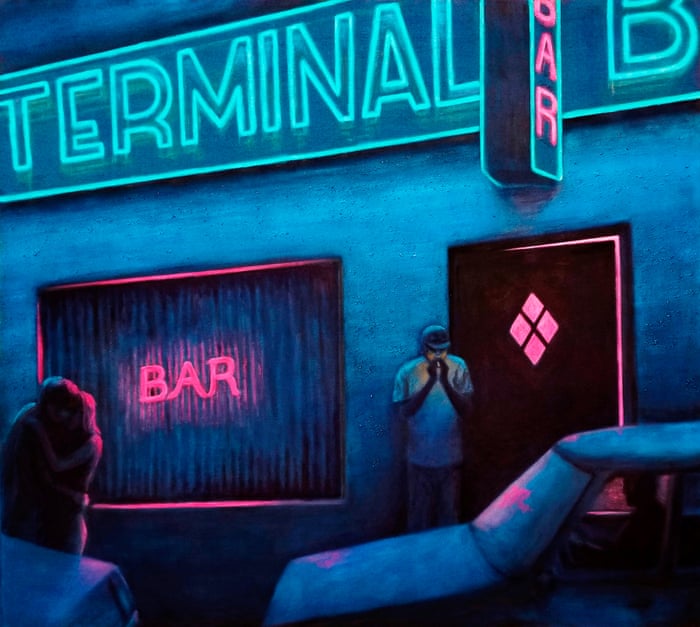
Terminal Bar 2 (2017)
Dickson’s photographs chronicle a harsher but hipper New York than today, when artists were outsiders rather than careerists and sleaze was peddled openly to tourists at strip clubs and porn stores such as Peepland and XXXtasy. The edgy, nocturnal energy of those midtown streets also fascinated Diane Arbus, who photographed its denizens a decade before, and Lou Reed, whose songs hymned the city’s pimps, hustlers, drug dealers and transvestites. In the early 70s, the novelist Kathy Acker hung out at Tad’s Steaks between performing in a live sex show with her boyfriend at a Times Square venue called Fun City.
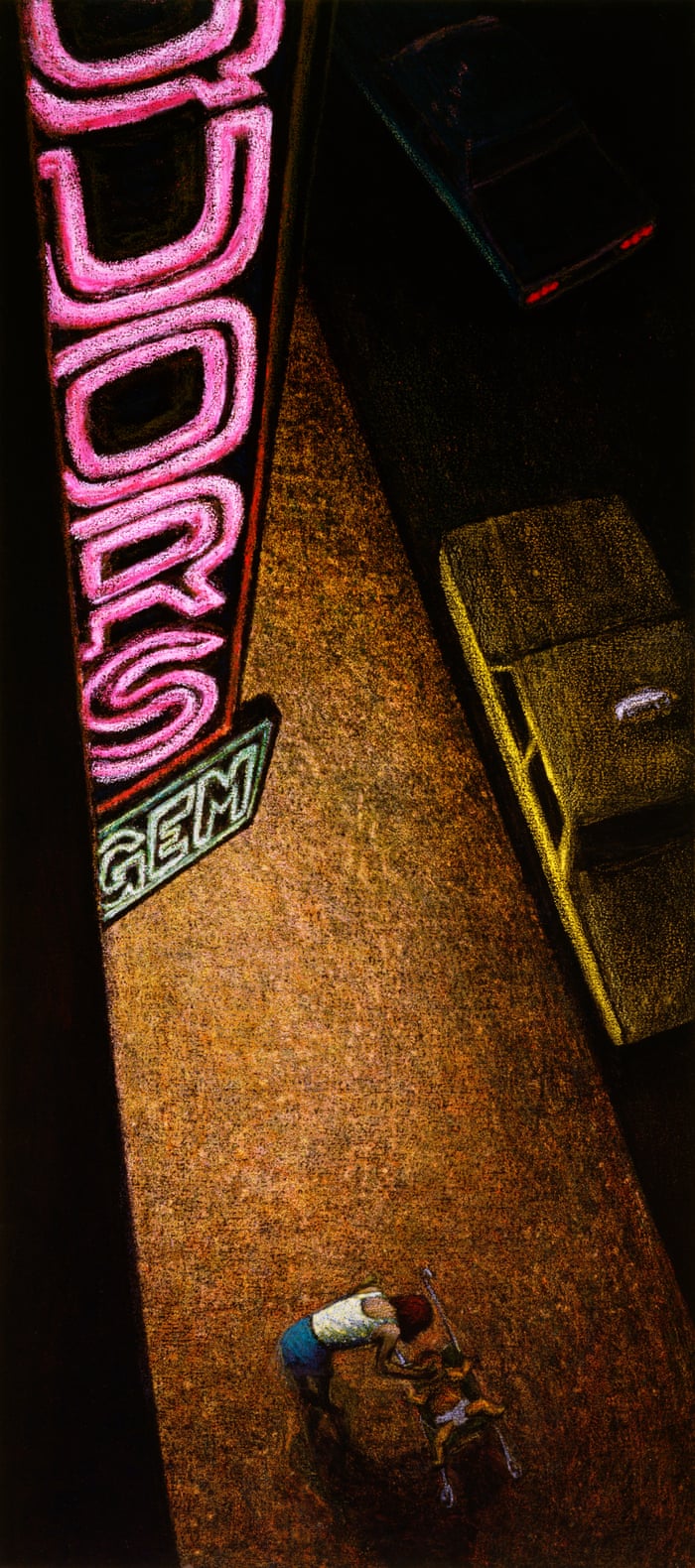
Liquors, 1984
“I had friends who worked in strip clubs to pay the rent or to go through college,” says Dickson. “The art scene was a bit more gritty back then, and everyone lived a wilder life. I got to know girls who really didn’t like you to take photos unless they were being paid. Almost everyone who worked in and around Times Square was a hustler of one kind or another.”
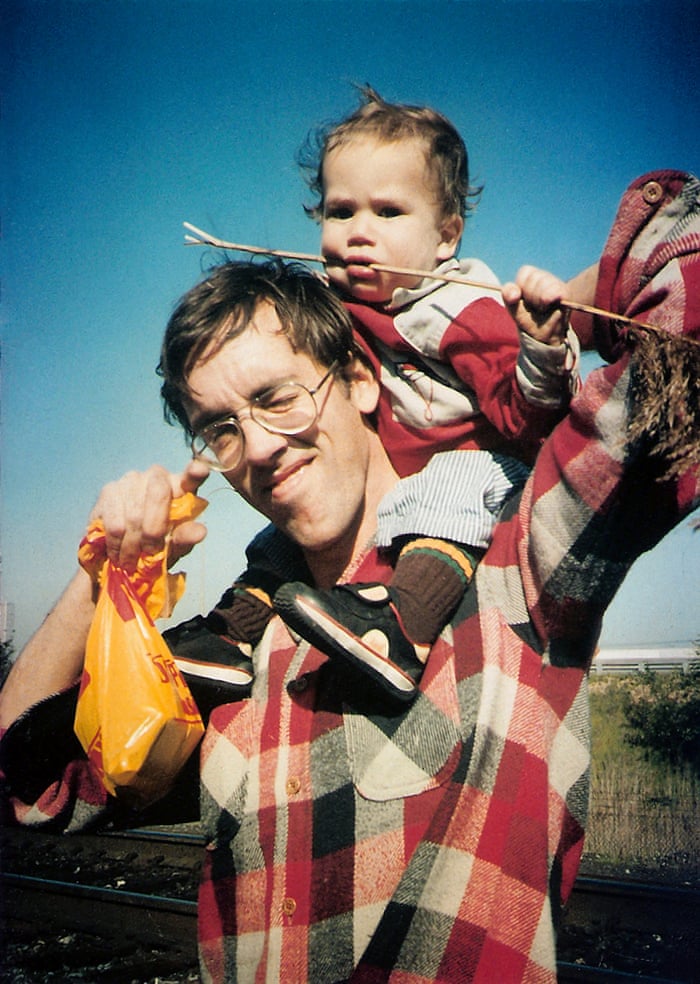

Dickson’s photograph of David Wojnarowicz, one of her artist friends
Born in Chicago, Dickson arrived in New York in 1977 and became part of a scene that included artists, film-makers, photographers and punk musicians. Her book includes portraits of many of her friends and fellow artists, including Nan Goldin (whose street portrait of Dickson is on the cover), film-maker Vivienne Dick, hip-hop and graffiti pioneer Fab 5 Freddy Braithwaite, artist David Wojnarowicz and photographer Peter Hujar. The writer Chris Kraus, also part of the scene, has written the introduction. “Back then, Times Square was a kind of mecca for the hip and the curious because it was a crazy place, so full of dark energy.” says Dickson. “I photographed them all as friends, but, even back then, it was also clear to me that I was living in an extraordinarily creative period with a very gifted group of people.”
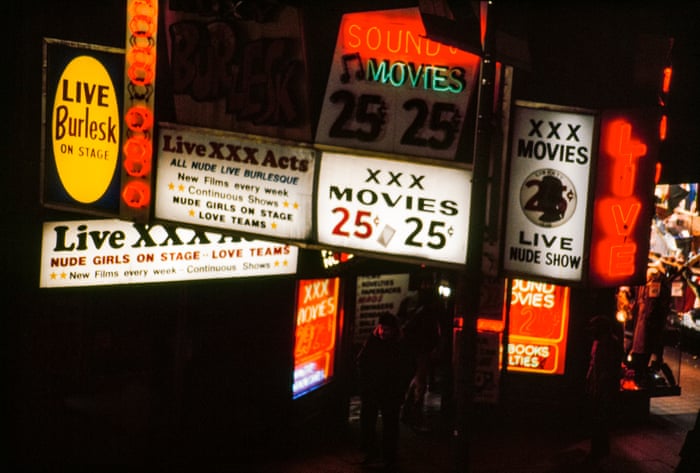
In January 1981, Dickson and her husband moved into a loft overlooking Times Square because the downtown neighbourhood they had been living in had become “too rough, too dangerous after dark”. The neighbourhood in question was Tribeca, now one of the most sought-after parts of Manhattan, populated with celebrities like Taylor Swift and Robert De Niro - “I saw him recently on a corner waiting for a limo,” says Dickson.
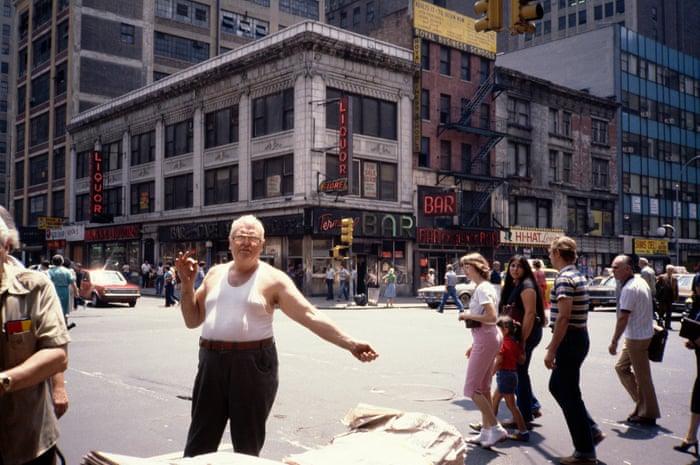
View of Hi-Hat and Terminal Bar, Eighth Avenue and 41st Street
Through the window of her apartment, Dickson also began to photograph the daily street hustle from above. Using colour slide film, she captured an illuminated shadowland of strip joints, peep shows, all-night cinemas, sex shops and liquor stores. Sometimes, she pointed the camera at the windows that overlooked her apartment, using the photographs for a later series of paintings, entitled Witness.
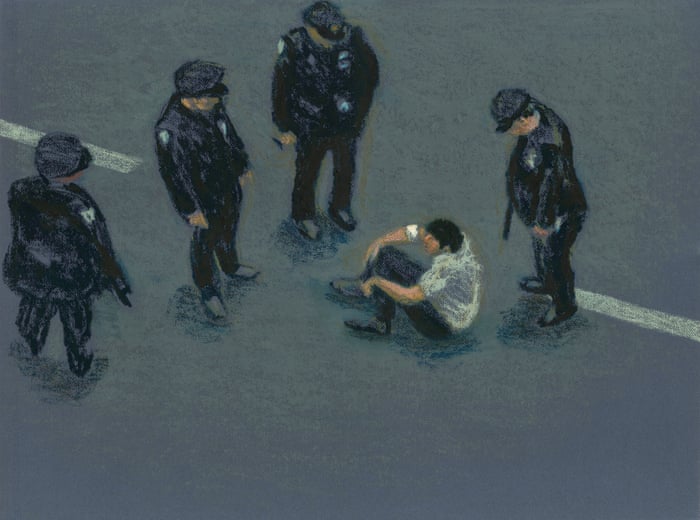
“I was interested in the surveillance aspect. In the strip joints, I’d sometimes photographed furtive men who really did not want to be photographed. From my window, I could see the Times Square Motor Hotel, which was single room occupancy and housed a transient clientele who were involved in various hustles. It was risky. On two occasions someone shot through the window of our loft.”
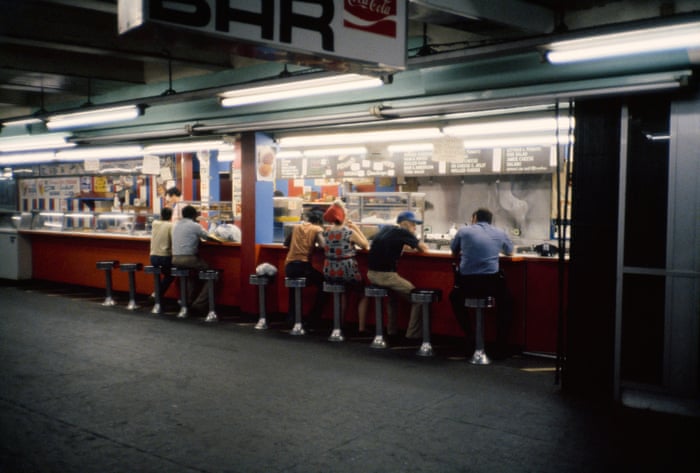

View of Times Square subway lunch counter near Broadway and 42nd Street
For all that, she recalls that younger, wilder period of her life as “an electric time”, a description borne out by her vibrant, impressionistic photographs, made without a thought for their artistic worth. “I wanted to capture things that were passing quickly,” she says. “Things that were glittery, exciting, but a little bit out of control. I thought of myself very much as an artist of the everyday. Now my everyday is history. It’s kind of depressing.”
Jane Dickson in Times Square is published by Anthology Editions.
Jane Dickson in Times Square is published by Anthology Editions.









No comments:
Post a Comment